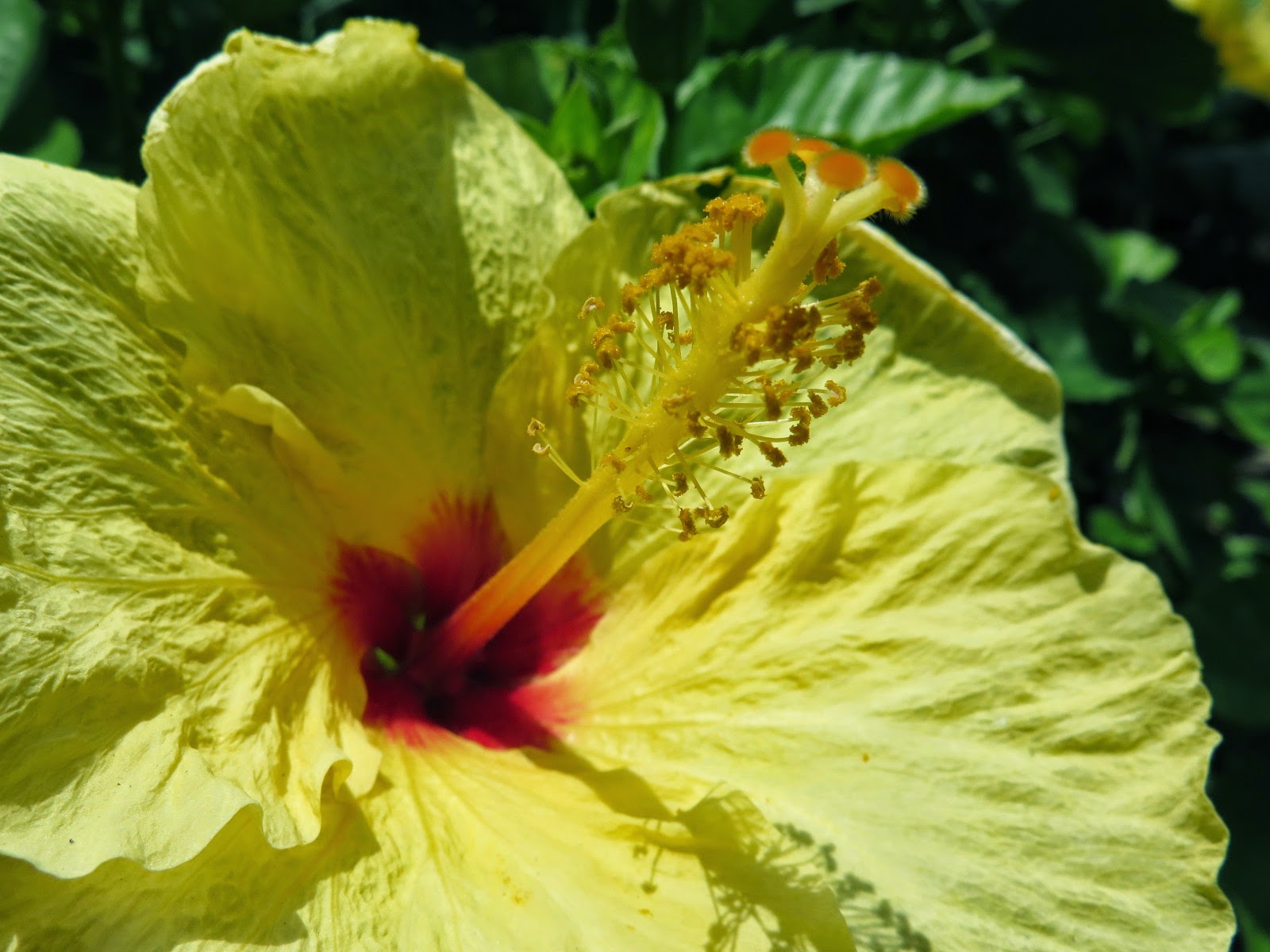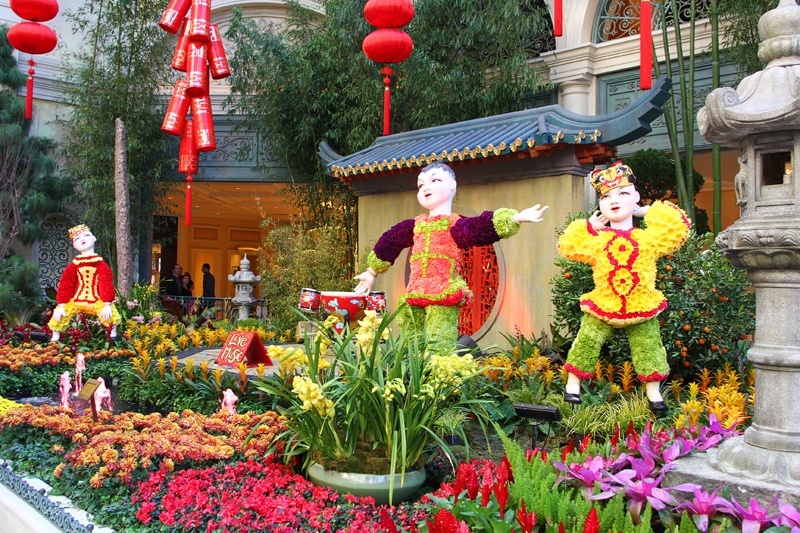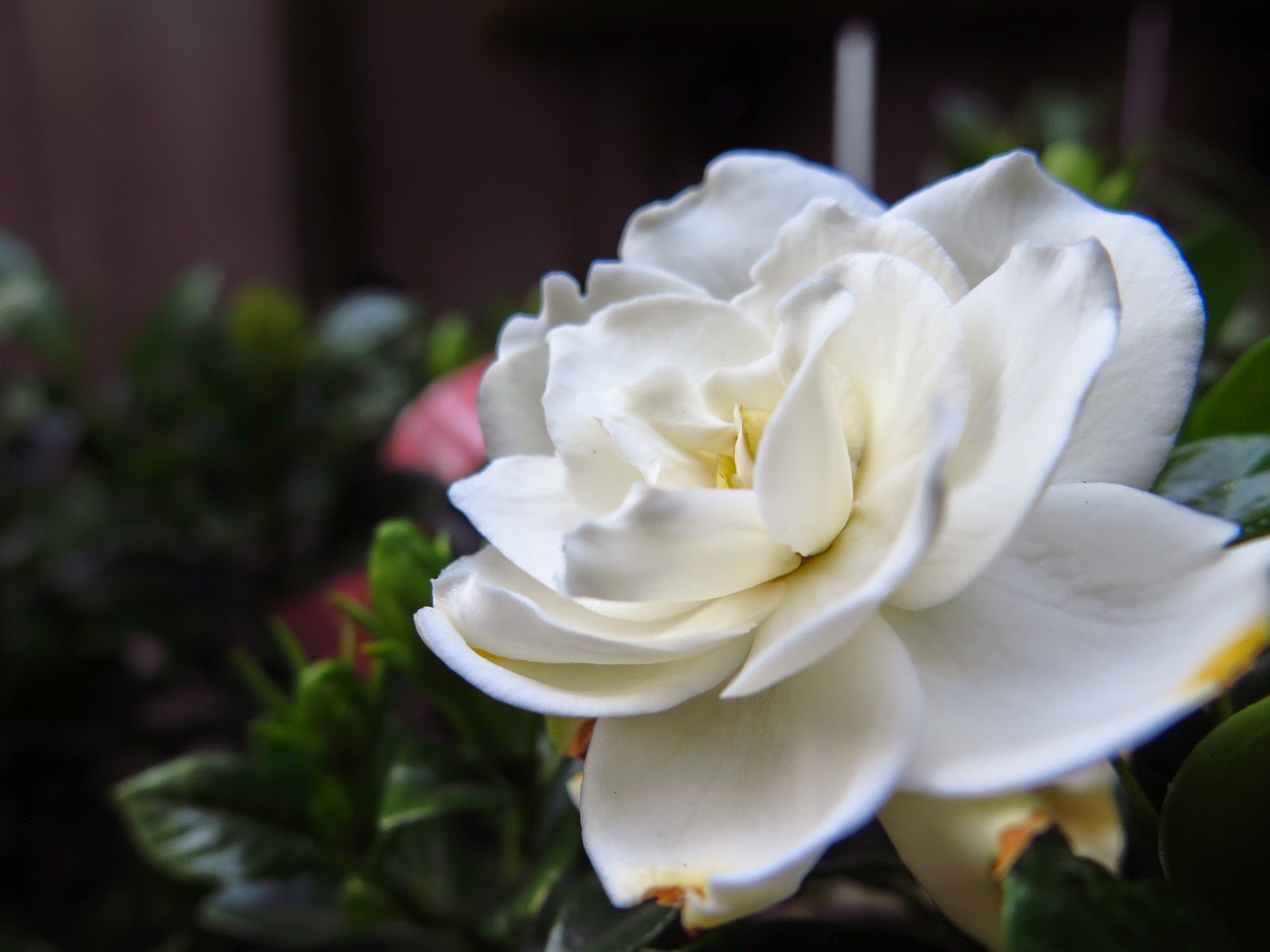Tell me if this is weird: Last week, I finally had a chance to go buy a pot for my gardenia, gifted to me almost 4 weeks ago by my aunt Olivia (I know, I should've planted it ages ago... where does time go??). With it, I also bought a large bag of potting soil, which I left in my trunk overnight because it was too heavy to carry up along with the very large pot. The next morning, on my way to work, I enjoyed the smell of fresh soil in my car so much that I left it in my car for the entirety of the week just so I could smell the fresh soil every time I got in my car.... I have always loved the smell of dirt.
As a side note, my father has always loved the smell of cow fields -- not quite the industrial closely herded cow stink that comes from that part of the drive up the Grapevine but a slightly different cow stink of black and white spotted dairy cows in wide green Dutch fields. Smells very similar to me (stank), but my father likes it... remind him of home in Holland.
Since I've had dirt on my mind, I have decided to do a post on the types of potting soil. As I started to read about all the types of potting soil, I realized that this is no simple topic! So many variations! So, here it goes...
What is good soil?
Plants need air, water, and nutrients from their soil. That's why gardeners obsess over their soil type -- Too silty? May not have enough air if it gets compacted. Clay? Likely retains too much moisture for certain types of plants. Too sandy? The opposite of clay, it is more likely to dry out.
Well, as container gardeners, we have to pay for dirt, but we get to choose dirt that has characteristics we like. Like well-aerated soil that will retain moisture and nutrients, and maybe even has some fertilizer in it already.
There are separate variables as well, most notably the acidity of the soil which is often varied by adding lime components which increase the pH (make it less acidic and more alkaline, in case you have forgotten your grade school science).
What is in potting soil?
The main ingredients in potting soil are generally--
-Sphagnum peat moss -- Sphagnum moss grows in bogs. Sphagnum peat moss is partially decomposed sphagnum moss which is added to soil. Although there is some debate about the sustainability of this peat moss, it is widely used as a soil additive to improve aeration and water retention.
-Vermiculite or Perlite -- both inorganic materials used for aeration and water retention. Vermiculite holds more water, perlite aerates a bit more, but they are similar. Perlite are those bright white balls that look almost like styrofoam that you sometimes in potting soil.
-Aged composted materials -- nutrients! This may include manure of various types (the stuff I use has earthworm castings and bat guano)
What are the types of potting soil?
It depends on how specific we want to get, but the main types so far as I can tell include:
-All purpose -- The name is pretty descriptive.
-Premium / Professional (some sources say there is a difference... after some searching, this does not appear to be a broadly agreed upon difference) -- These tend to have additional fertilizer additives.
-Seed starting mix -- Good medium for your seeds and cuttings.
-Plant specific mixes -- from here, the options are numerous...
*Acidic mix: for plants that like acidic soil, like blueberries or azaleas... or gardenias apparently. Oops.
*Cactus mix: for plants that like well-draining soil like cacti or succulents
*Orchid mix: specifically for orchids which do not like to have wet roots. It's actually bark, not so much soil.
*Others... African violet mix, Rose mix, Bonsai mix, etc.
Can I make my own potting soil?
Certainly! It may be cheaper than buying bags and bags of soil if you're motivated. The Home Depot website which I have linked has a fantastic chart on how to make your own potting mix using various proportions of the basic soil components.
My approach:
I use all purpose organic potting soil rather than premium potting soils for most of my plants. I then fertilize intermittently with Miracle Grow, either the regular stuff or Bloom Booster. I only use organic pest control substances. Over time as I get better at gardening, I intend to transition over to completely organic gardening. Especially living so close to the ocean where our drainage can have direct impact on the earth around us, I hate to think that my hobby could have ill-effects on the ocean and the world. That's an aside. Maybe I'll write a separate post on the environment sometime. For my succulents, I use cactus mix, of course. And then occasionally, I buy special plant specific soils for my blueberries, for instance.
Well, I hope that has been educational. It's certainly been educational for me... starting with the fact that the gardenias I just planted this afternoon probably should've gone into acidic soil! I may be going to the store for some acidic additives.
Speaking of the gardenia... I love this pot that I got for my gardenia, both because I love blue and also because it has that Italian terracotta look that I've been obsessed with since going to Italy. It's not actually terracotta though but rather a light weight polyurethane foam made by this company. Not cheap, but way lighter and quite lovely...
 |
| Always a work in progress... |


















































